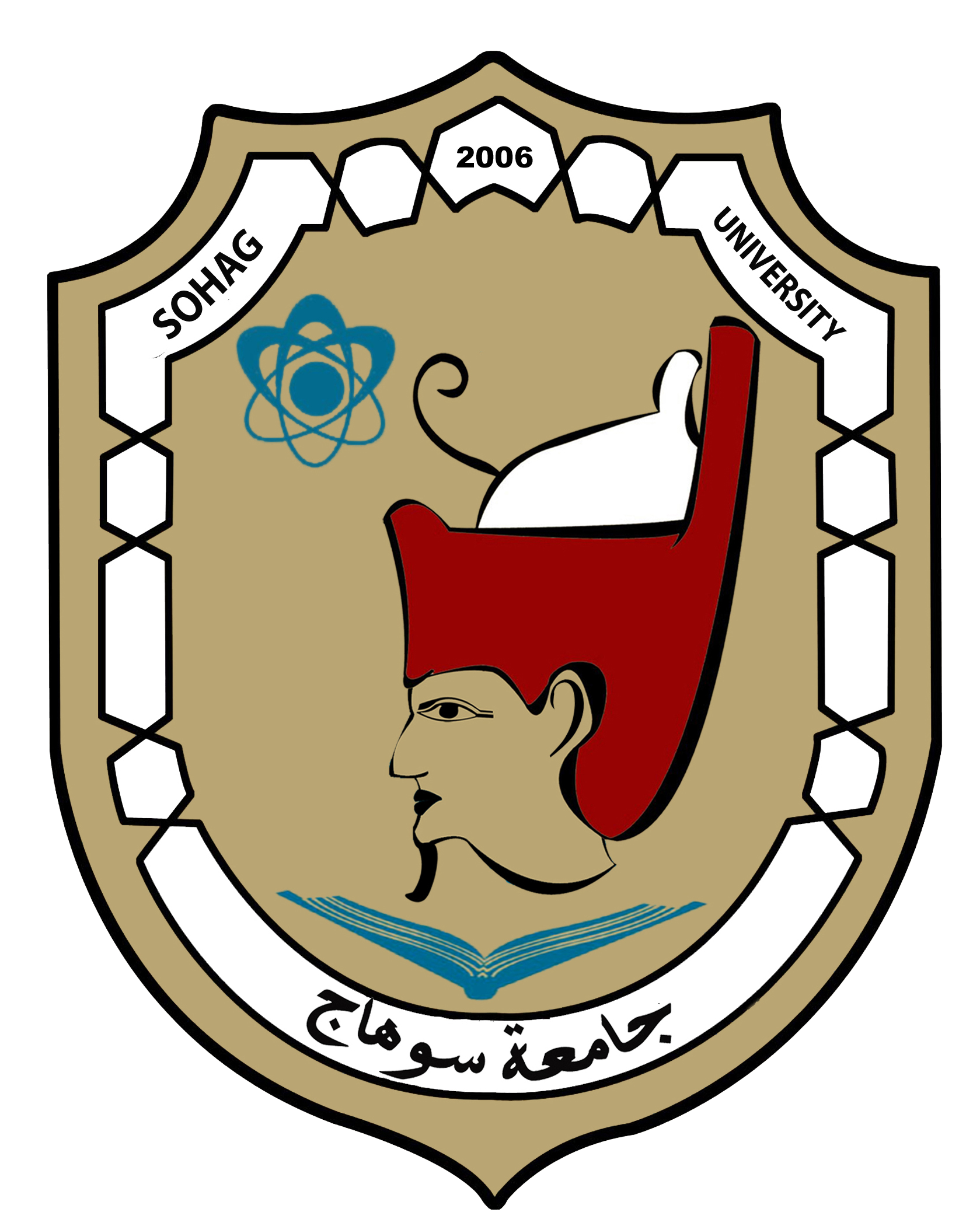We present a simple technique for the computation of coarse-scale steady states of dynamical systems with time scale separation in the form of a wrapper around a fine-scale simulator. We discuss how this approach alleviates certain problems encounter
ed by comparable existing approaches, and illustrate its use by computing coarse-scale steady states of a lattice Boltzmann fine scale code. Interestingly, in the same context of multiple time scale problems, the approach can be slightly modified to provide initial conditions (on the slow manifold) with prescribed coarse-scale observables. The approach is based on appropriately designed short bursts of the fine-scale simulator whose results are used to track changes in the coarse variables of interest, a core component of the equation-free framework.
Developing effective descriptions of the microscopic dynamics of many physical phenomena can both dramatically enhance their computational exploration and lead to a more fundamental understanding of the underlying physics. Previously, an effective de
scription of a driven interface in the presence of mobile impurities, based on an Ising variant model and a single empirical coarse variable, was partially successful; yet it underlined the necessity of selecting additional coarse variables in certain parameter regimes. In this paper we use a data mining approach to help identify the coarse variables required. We discuss the implementation of this diffusion map approach, the selection of a similarity measure between system snapshots required in the approach, and the correspondence between empirically selected and automatically detected coarse variables. We conclude by illustrating the use of the diffusion map variables in assisting the atomistic simulations, and we discuss the translation of information between fine and coarse descriptions using lifting and restriction operators.


